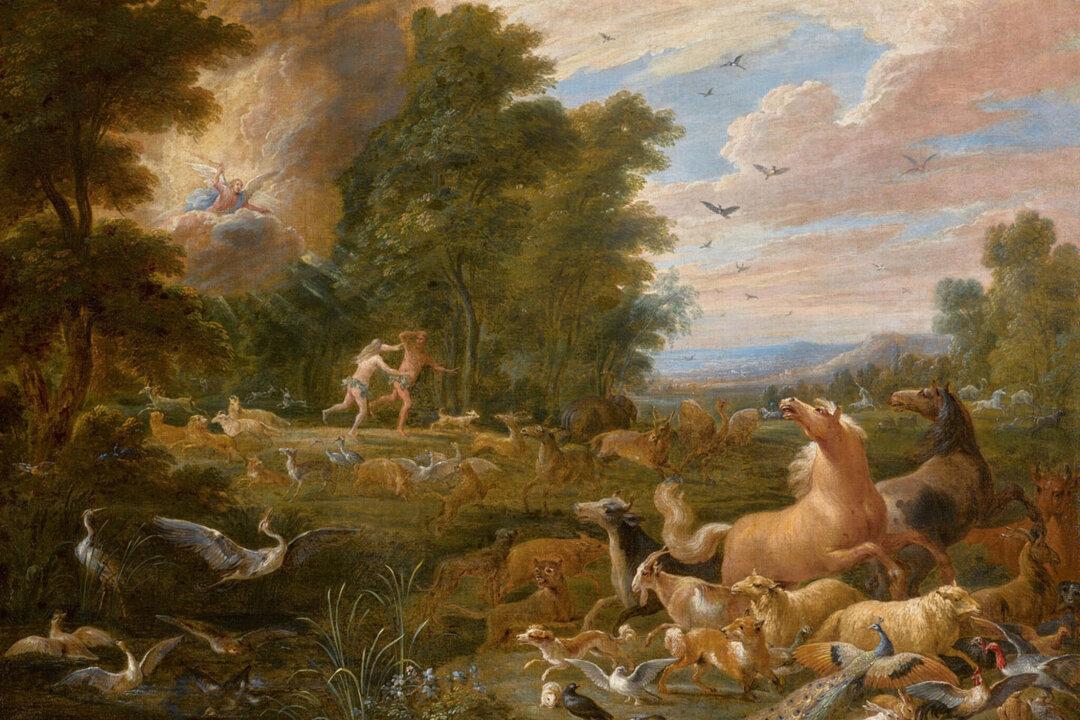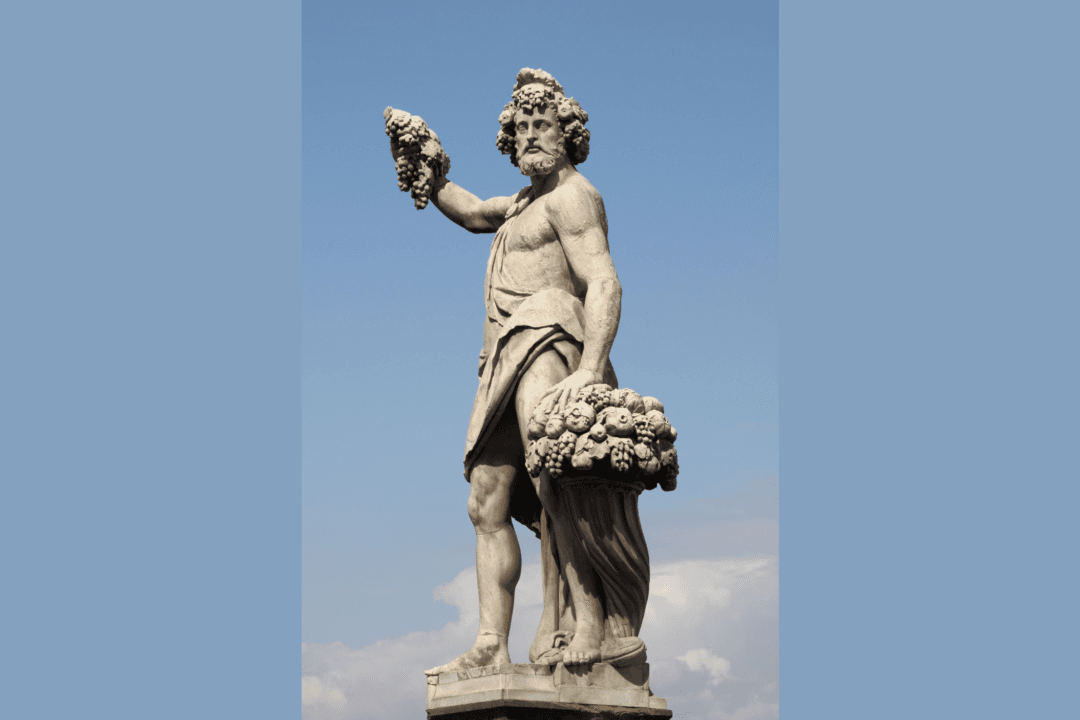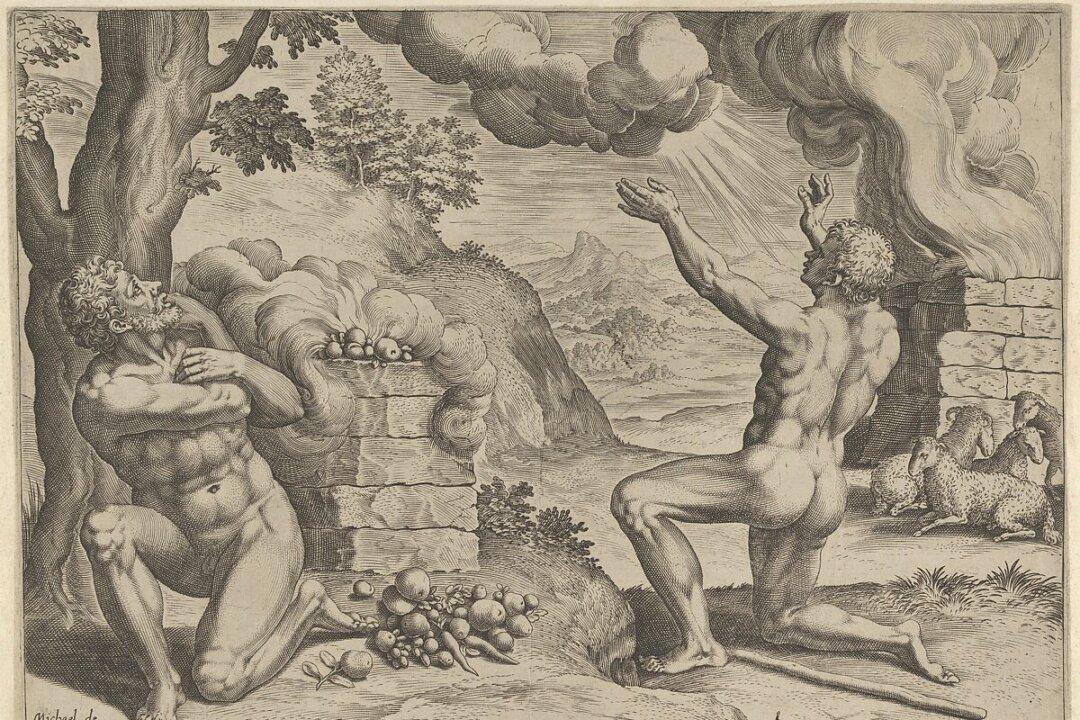The company that I run, Motivational Maps, has a slogan: “Making the invisible, visible.” Now that’s something, isn’t it? At some intuitive level, we all know what “motivation” is, but what actually is it? Our company trades on the basis that we can accurately describe and measure motivation; by doing so, we make it visible. What before was a gut feeling, now is something much more substantial.
Many other things are invisible: our personalities, our psyches, the past, the future, all our values, and even abstract nouns like love. We don’t doubt that love exists, though we don’t see love itself; we experience it through actions, our own and others’. In fact, the most important things in this world are all invisible, and yet everything depends on them.
Those who in ancient times were competent as Masters Were one with the invisible forces of the hidden. They were deep so that one cannot know them. Because one cannot know them Therefore one can only painfully describe their exterior. (Translation by Richard Wilhelm)
The Power of Invisibles
In his wonderful book, “Beauty, Spirit, Matter: Icons in the Modern World,” Aidan Hart commented on this ancient painting technique:“One task of iconography is to unveil this logoi [explanation/meaning] hidden within creation to make the invisible visible. ... Perhaps the most noticeable aspect of icons is the virtual absence of shadow. This is because the icon reveals all things as living and moving and having their being in God. As God is light, there can be no shadow.”

This powerful reality is a major source of hope and comfort to us; it is also a source of terror and admonishment—a warning, if you will. Disregarding the invisible world is a calamitous mistake. There are two wonderful and dramatic examples of this in the “Mahabharata,” the ancient Indian epic, and the Bible, which seem to me in parallel.
“Ah! thou of little understanding, is it thy desire to take me captive? Know now that I am not alone here, for all the gods and holy beings are with me. Having spoken ... Krishna suddenly revealed himself in divine splendour. His body was transformed into a tongue of flame; gods and divine beings appeared about him; fire issued from his mouth and eyes and ears; sparks broke from his skin, which became as radiant as the sun. All the rajas closed their eyes; they trembled when an earthquake shook the palace. But Duryodhana remained defiant.”
“‘Do not be afraid, for those who are with us are greater than those who are with them.’ Then Elisha prayed and said, ‘Lord, please, open his eyes so that he may see.’ And the Lord opened the servant’s eyes, and he saw; and behold, the mountain was full of horses and chariots of fire all around Elisha.”
Trusting in the Invisible
Duryodhana and Arjuna both seek Krishna’s help for the impending war. Duryodhana arrives first and chooses to sit near Krishna’s head as he sleeps, while Arjuna arrives later and sits near Krishna’s feet. Upon awakening, Krishna sees Arjuna first and offers him the first choice between two options: either Krishna’s personal involvement on his side, with the condition that he will not wield any weapons, or use of Krishna’s mighty Narayani Sena (army).Arjuna opts for Krishna’s personal, albeit unarmed, support, and Duryodhana gleefully accepts the vast Narayani Sena army. Clearly, Duryodhana believes that Arjuna has made a dreadful mistake. But this choice underscores Arjuna’s devotion and strategic insight, valuing Krishna’s counsel over sheer military might. In other words, he valued the invisible over the visible, and, because of this, prevails against Duryodhana.

Belief in the invisible—in the invisible world—has tremendous ramifications, and ultimately becomes a matter of life and death, or more accurately: life or death.
We make decisions on the basis of only what we know or think we know; oftentimes, what we know is only what we see—a speck of reality. The greatest of us in this world see far more than what can be seen materially, because they look to the invisible.
As the Irish poet, priest, and philosopher John O' Donohue expressed it:
“You cannot see your thoughts, which shape your mind and the world, and you have never seen the inner world hidden behind the faces of those closest to you. You cannot see the future that is already claiming you and you cannot see the divine, so the invisible world holds our deepest treasures and it is only through the gift of the imagination that we can sense these adjacent worlds and cross over their thresholds. The imagination is the great friend of possibility. For the alert and awakened imagination, possibilities always beckon towards new pathways of creativity, belonging and love. Each of us has been created by the Divine Artist, made in the image and likeness of the Divine Imagination. … The imagination knows that it is at these thresholds that new worlds rise into view.”
New worlds rise into view? Exactly—seeing the invisible—surely, a mission for our whole lives.








